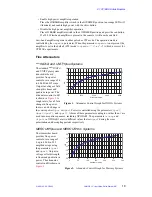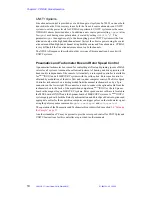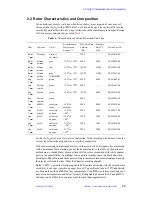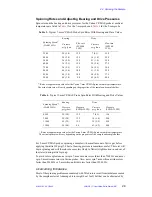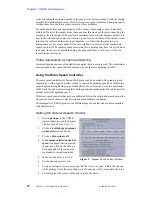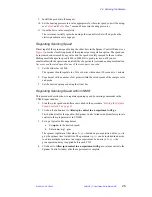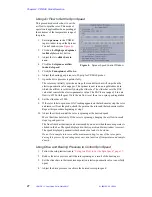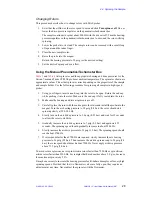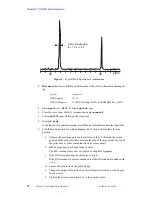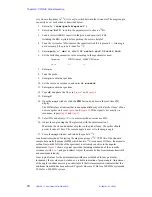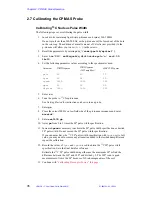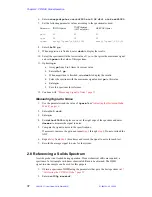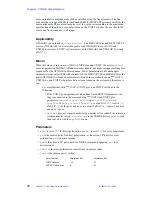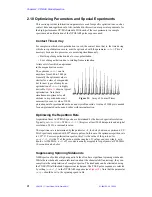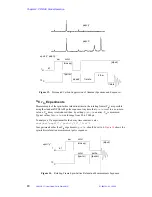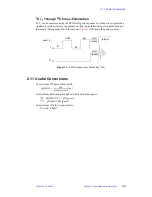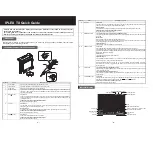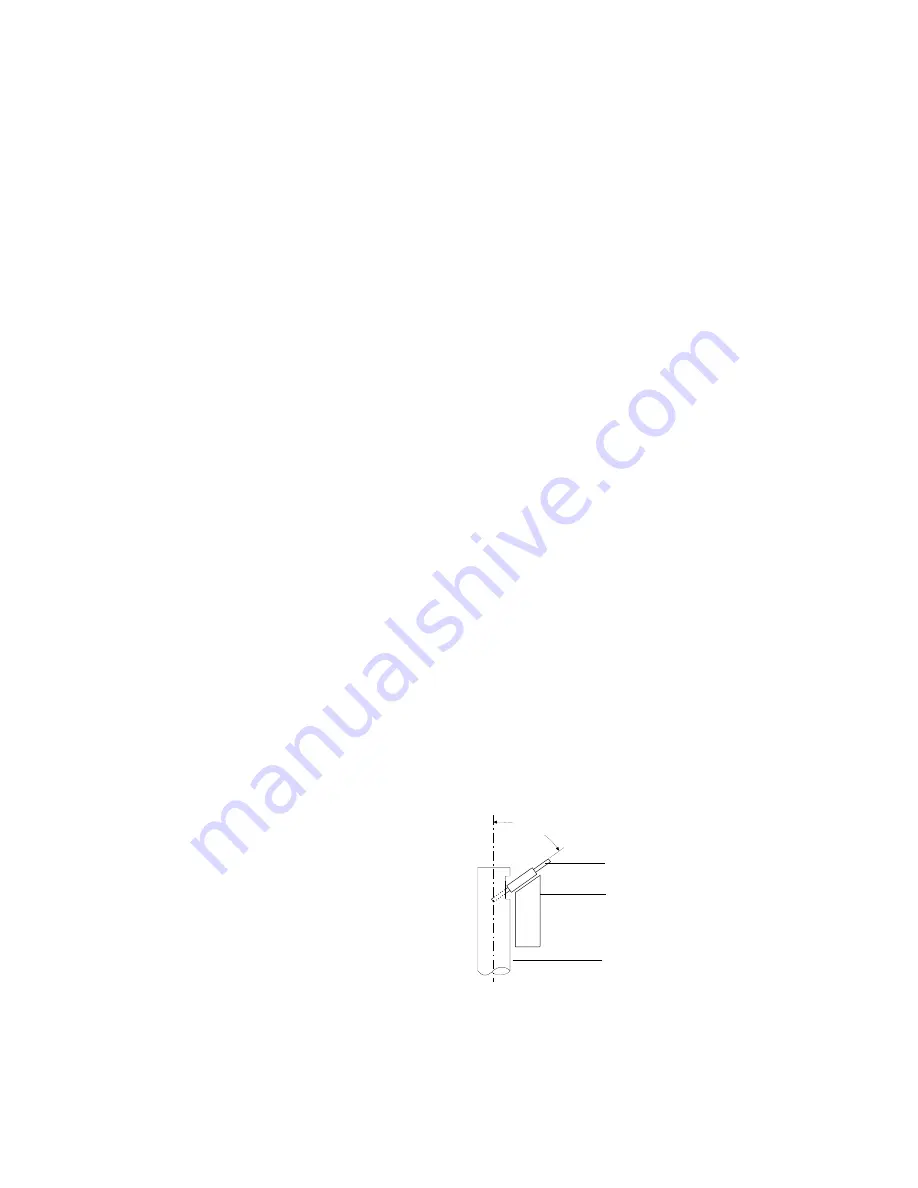
2.6 Adjusting the Magic Angle
01-999162-00 C0402
VNMR 6.1C User Guide: Solid-State NMR
32
g.
Make the same large positive change in the z1 shim as in step b. If the D
2
O
resonance moves again, note the direction and magnitude of the change.
If the change is smaller, continue moving the probe in the same direction and
repeating steps d through g.
If the change is larger or the same, return the probe and shim to their original
position and value. Move the probe in the opposite direction and repeat steps
b through g.
h.
When the D
2
O resonance no longer changes when z1 is changed, record the
height and/or mark the position of the flange on the probe body. Tighten the
setscrews on the probe flange.
10. Repeat
through
of section
“Adjusting Homogeneity,” page 29
for the
new probe position. If you interactively fine-adjust the shims and set z0 while
observing the FID or spectrum in step 5 it is not necessary to repeat
through
A linewidth of 2 to 3 Hz is typical but 6 Hz is acceptable.
2.6 “Adjusting the Magic Angle,” page 32
2.6 Adjusting the Magic Angle
Improper adjustment of the magic angle results in incomplete collapse of the chemical shift
anisotropy (CSA) pattern. For carbons with significant anisotropy, such as aromatics and
carbonyls, this can greatly affect the linewidth of the observed resonance. In general, once
adjusted, the magic angle should stay fairly constant. However, this is not guaranteed. The
angle should be checked and adjusted as follows:
• When the probe is inserted in the magnet
• Every few days of continuing operation
• If linewidths in any particular sample are suspiciously large
Once typical values for the minimum linewidths are established for any particular
instrument, these values can be taken as a reliable indication of proper angle. Adjustment
of the angle is neither necessary nor desirable if the first measurement indicates that the
minimum linewidth has been achieved.
Coarse Adjustment
A convenient method of setting the
sample angle to the approximate magic
angle before final optimization with
NMR is to use the angle measuring
stem (Part No. 00-992825-00) and
angle measuring gauge
(Part No. 00-992826-00) from the
rotor and tool kit.
illustrates
how the angle measuring stem and
angle gauge are used.
Fine Adjustment
The preferred method of adjusting the magic angle uses the
79
Br spectrum of KBr, which,
when spun at the magic angle results in an extensive set of spinning sidebands. As
79
Br is
Figure 6. Coarse Adjustment of Sample Angle
54.7°
Probe
Angle measuring stem
Angle measuring gauge
54.7
°

